China’s mobile internet market, which has been galloping forward for the past 8 years, culminated 2018 with an IPO gold rush that saw 42 companies go public, according to data compiled in a recent report published by market researcher QuestMobile.
The report, which looks back at the key developments in China’s mobile internet sector in the last year, found eight trends that defined the sector in 2018, from the IPO rush, the rural opportunities, BAT and unicorns acquiring their ways into new markets, to how regulations have had a sweeping influence on the market.
Below are some highlights from the report:
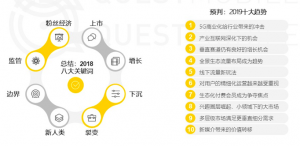
The IPO Gold Rush
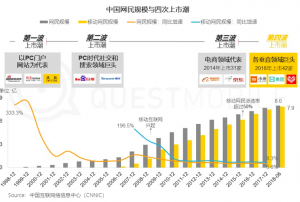
China ushered in its fourth wave of IPOs in 2018. Hong Kong-listed Xiaomi and Meituan-Dianping, as well as Nasdaq-listed Pinduoduo, were some of the blockbuster public offerings.
Previous major IPOs were by companies that offered specific services—internet platforms, social media and search engines, and e-commerce. The youngest Chinese tech unicorns, however, span multiple verticals.
Take Xiaomi as an example. It’s a smartphone maker as well as an internet company. Meituan-Dianping’s core business lies primarily in food delivery but was already offering hotel bookings and ride-hailing before it was listed in Hong Kong.
The race is getting tougher, and diversity is key to pulling ahead.
The Rural Opportunity
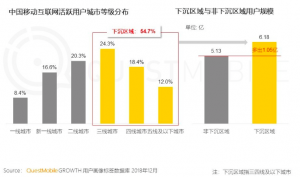
Market saturation in China’s top-tier cities has led to slowing growth in the country. Growth rates fell from 17.1% in 2017 to a mere 4.2% at the end of 2018.
The rural economy has quickly become an important source of growth. In 2018, lower-tier Chinese cities accounted for 54.7% of the nation’s active internet users.
Pinduoduo and Qutoutiao are examples of the tech companies that reaped the benefits by focusing their business beyond top-tier cities. They both grew their businesses by tapping China’s rural markets. Pinduoduo’s business model of offering discounts whenever friends make purchases together worked well in smaller cities and towns. Qutoutiao also capitalised on this opportunity, offering media content that was popular among readers in these places.

Celebrity Economy

In 2016, Chinese live streaming took off, growing up to 180% year-on-year. According to internet market research firm iResearch, the market then was estimated to be RMB 20.8 billion (US$3.09 billion), with major players—Song Cheng, Momo, YY, and Tian Ge Interactive—bringing in combined live streaming revenue exceeding RMB 11 billion (US$1.6 billion).
But things have changed. While live streamers still have an audience, short videos have become the popular mode of self-expression. Major tech conglomerates have all launched or backed short video apps. Some examples of these apps include Tencent’s Kuaishou, ByteDance’s Douyin (Tik Tok), Alibaba’s Lu Ke, and Meitu’s MeiPai.
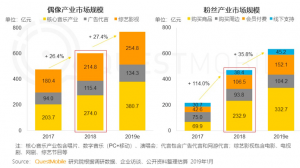
Regulations
One of the major regulatory impacts in 2018 was the indefinite freeze on the issue of new online video gaming licenses.
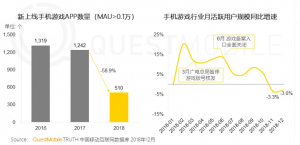
As Chinese online gaming companies were left in limbo, the growth in monthly active users of gaming apps saw a huge decline. Most notably, Tencent’s stock plunged as much as 40%, wiping out US$200 billion of its market cap.
Major Chinese tech companies did not have it easy last year: Meituan-Dianping was battling losses, Xiaomi had to indefinitely stall its domestic listing plans, and Pinduoduo had to tackle counterfeits being listed for sale on its platform. Yet, all three managed to go public.
Looking Forward
It has become a necessity for tech companies to seek different avenues to grow their businesses.
The ongoing trend of “new retail” is expected to see even more adoption, particularly with the introduction of 5G for public usage and broader use of data-driven business operations in the coming year.
Editor: Brady Ng
